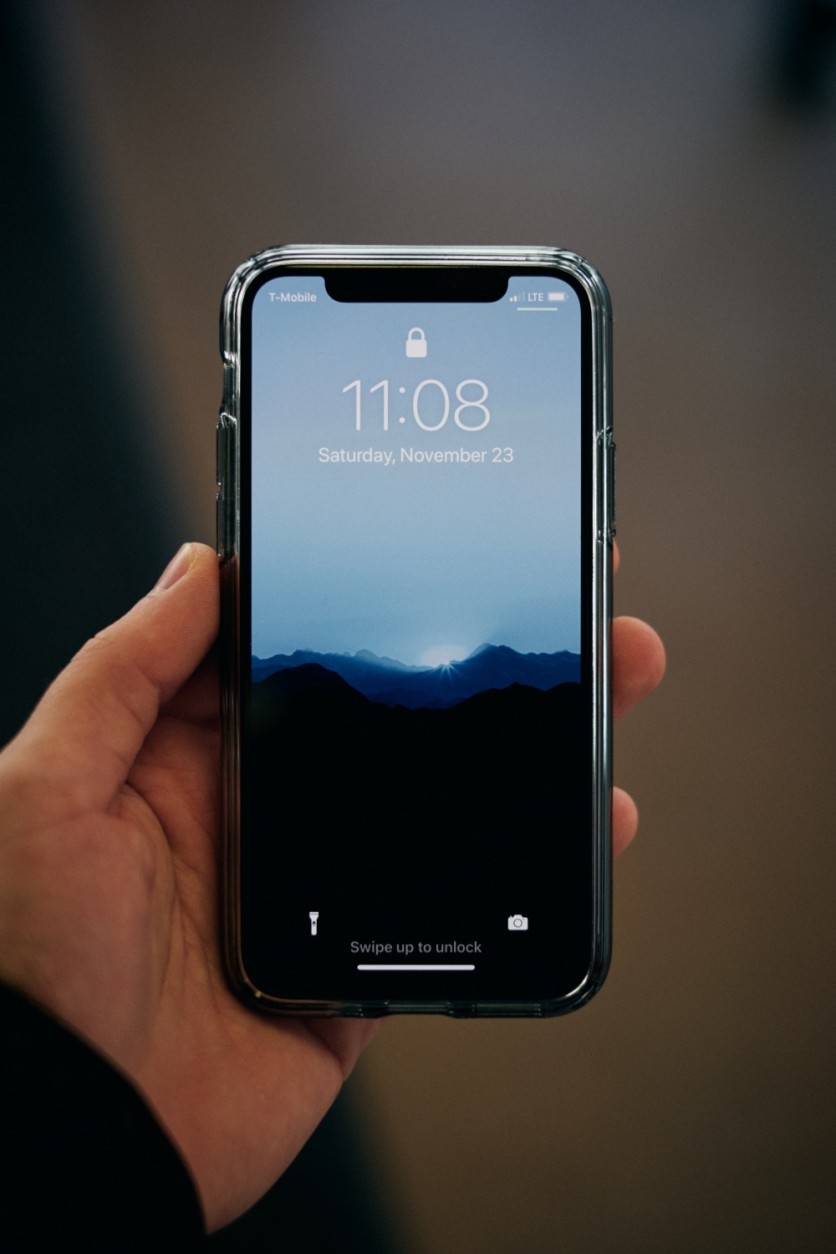
The blue light on your mobile phone might not be disturbing your sleep pattern after all, or at least not quite enough as a night mode does. This information came the scientists of the University of Manchester who said early this week, that, looking at blue- or cooler-colored lights at night, and warmer colors during the daytime, maybe more advantageous to one's health. The body clock is using the blue and dim appearance of twilight to determine the time of sleep, the scientists say.
Technologies developed to restrict a person's exposure to blue light at night, for instance, by changing the color of the screen on mobile phones, may thus, send mixed messages. The university scientists added, "This is because the small changes in brightness they generate come with colors that more look like day." Meanwhile, the effect on sleep pattern is weaker when the phone displays with blue colors are being used, compared to those with bright yellow colors. The same researchers found this by testing the colors and brightness of mice.
Use of Mice
The researchers' use of mice recommends that the "color-sensing cone cells in the human eye are perhaps, much more responsive to the yellow tint generated when a mobile device is in night mode." More so, this can actually be resulting in a stronger and counterbalancing impact. That is, for whatever advantages the lacking short-wavelength blue light provides when it comes to the light-responsive proteins, the color-sensing cone cells in the eyes are more likely portraying more of a role in delivering such biological signals the tell the brain if it is daytime or nighttime.
Admittedly, scientists are a bit uncertain about giving specifics about this information since the study was not done on a microbiological level. Instead, it is observational research that has conclusions being drawn from mice that were exposed to different light colors and similar brightness. At daytime, humans are exposed to a high-intensity of white and yellow tones, and the result of the research recommends that it is those colors that have the greatest impact on the sleep cycle.
Indeed, Better than Night Mode
The said research, which was held in a mice laboratory, used specialized lighting that permitted the researchers to make adjustments with its color without any changes in brightness. Research findings have it that the blue colors, as earlier mentioned, made weaker impacts on the mice's body clock than the similarly-yellow colors. In addition, the same study has it that all lights are encouraging, and, in this circumstance, blue light seems less stimulating compared to the yellow light.
Therefore, the same study indicates that yellow has a stronger impact on the rhythm of human circadian, and the cooler, dim, and blue light is more advantageous for sleep than the yellow and warmer light. Lastly, the researchers conclude that using dim and cooler lights at night and bright warm lights during the daytime may be advantageous to health all the more, and induce better sleep. Moreover, research finding also has it that aligning work schedules with the body clocks can undoubtedly be advantageous for the health.
ⓒ 2025 TECHTIMES.com All rights reserved. Do not reproduce without permission.




